
Summer Issue Suggests Enjoyable Pursuits
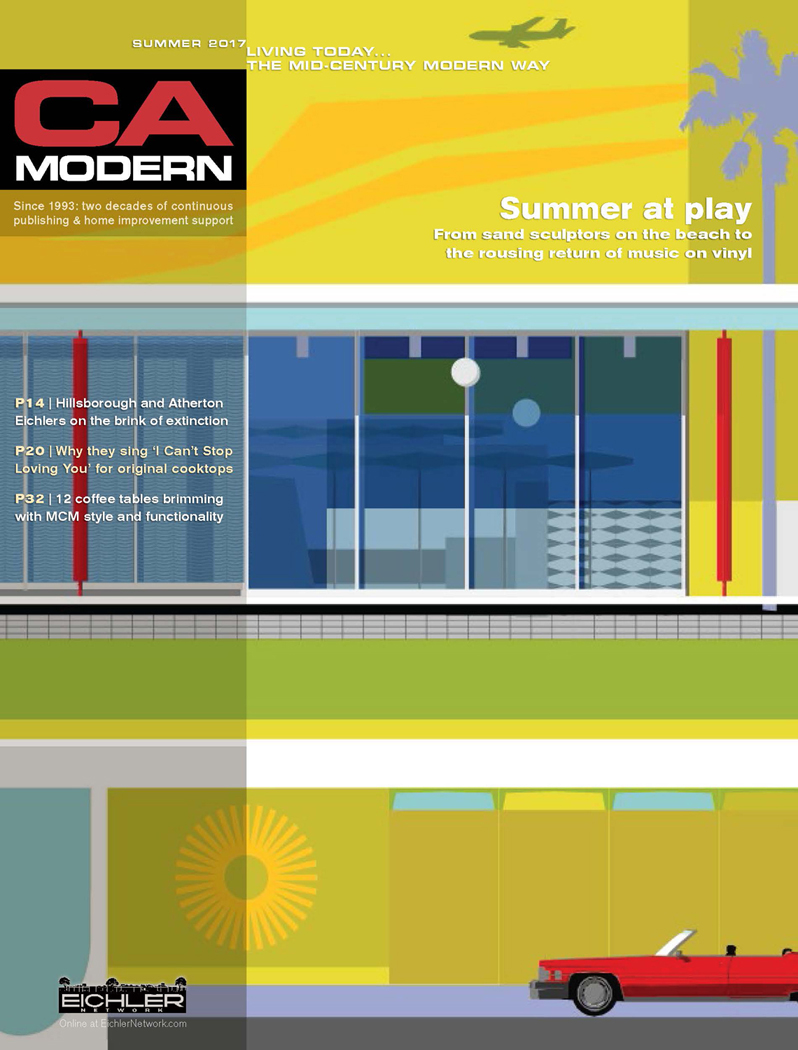 |
|
|
Summertime and the living is – well, not completely easy. In our summer '17 issue of CA-Modern, we are providing both suggestions for summertime fun, and some articles that will give you something to think about while you're lazing on the sand or beside the pool.
And they will be good thoughts too, because they are about how some of the things we all love – such icons of the mid-century as Eichler homes, Eichler kitchens, and long-playing vinyl records may be finding new life.
And this of course is thanks to the people who love them.
No doubt the most summery of our articles delves into the world of serious sand castle artists. And they are artists too, as such devotees of sand sculpture as Kirk Rademaker and Dan Belcher will tell you.
Sand sculpture is no longer about making castles for fun. It has attracted serious talent worldwide, and some people even, sort of, make a living from it. And the art that comes from this sand? It can be astonishing!
“The field is changing in that the bar is being raised with more people, and a lot of Europeans, being involved in it, and more art people pushing the limits doing wild and crazy work,” says Rademaker, who lives in the Santa Cruz hills.
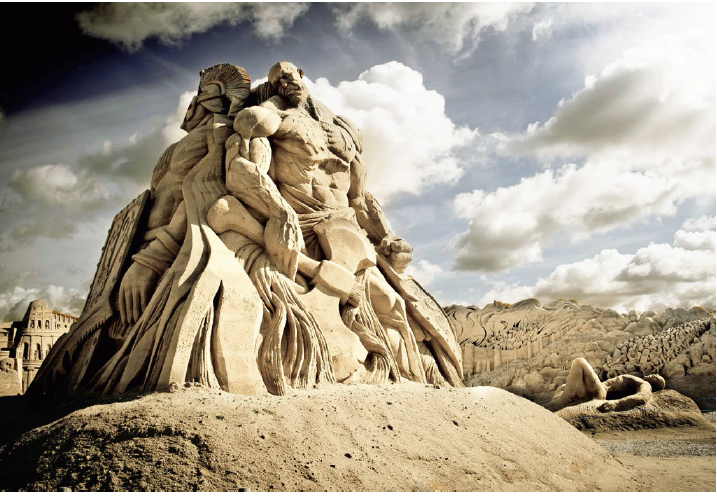 |
|
|
Which is not to say you can’t make a sand sculpture yourself. After reading ‘Carving it Up,’ you just might head to the beach and try.
Back in the 1950s after a day on the beach – or even right there on the beach, thanks to Annette Funicello and portable turntables playing 45s – kids would dance to recorded music.
But Dan Smith’s article, ‘Vinyl’s Final Fling,’ is no flimsy bit of nostalgia. Rather it runs us through vinyl’s history as a recording medium from 1948 through – well, the future. Rather than becoming part of history, vinyl has displaced the CD to become the medium for today.
“In the midst of the mid-century, the vinyl record became a compelling medium that delivered to the masses perhaps the greatest artistic influence on 20th century American culture: recordings of popular music—from rock to jazz, from rhythm and blues to country,” Dan writes, and later observes how “something almost unparalleled in consumer economics occurred: ‘outdated’ technology made a perplexing comeback.”
Oh, and if you are a young guy hoping to meet a young woman, you might consider heading to your local record shop.
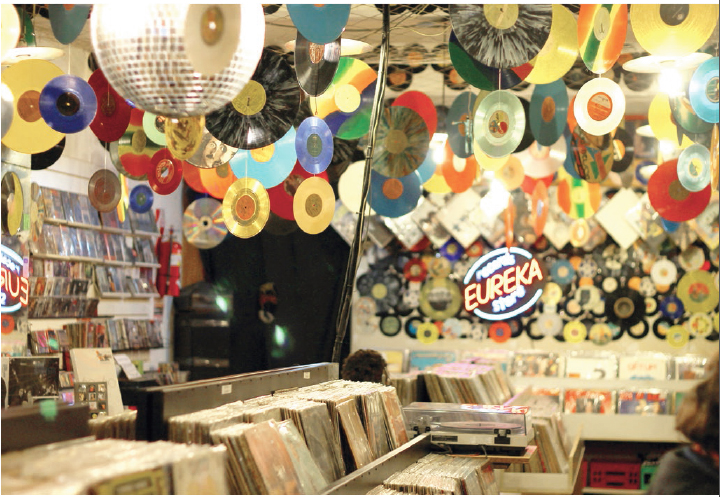 |
|
|
Record man Bob Perry tells Dan that “record store customers have changed since his youth. Back then, he says, ‘20 dudes for every girl’ was the demographic, a la the film High Fidelity. ‘Now it’s a lot of girls buying James Taylor and Phil Collins records.’”
Carl Harp, a spokesman for the Rock & Roll Hall of Fame, speaks for many when he praises the vinyl LP over streaming music services. “I prefer it, because it’s tangible. It isn’t just like clicking on your Spotify.”
The mid-century lives!
And it does as well in the kitchens of many mid-century modern homes, where a surprising number of 21st century owners do their best to retain and repair and maintain their original mid-20th century stovetops and ovens.
Why? They’re cool. And, guess what? They work really well.
In ‘Old Burners Never Die,’ we meet people who have struggled to find replacement parts for ailing stoves, and others who cadge spare parts from neighbors. We meet couples who struggle over such weighty issues as functionality versus form.
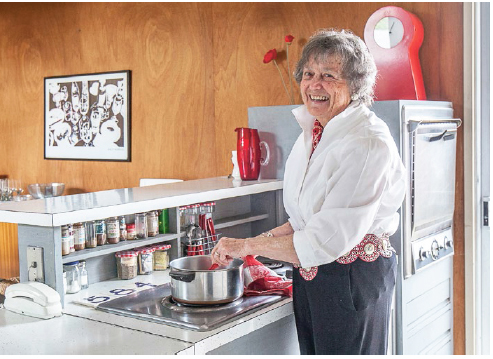 |
|
|
“I actually like the original [kitchens],” says Ave Couris, whose Marin Eichler has one. “You see people changing their kitchens all the time and then in ten years it’s obsolete and you have to change it again.”
And you know what? Some of these now-antique ranges had features that would seem far out even today. Read ‘Old Burners’ to find out more.
After dinner, or before, it might be time to repair to the couch for coffee or wine and snacks. You will certainly need a stylish coffee table. In ‘Coffee or Cocktails,’ Tanja Kern illustrates and discusses a range of currently available retro models – from a zippy “Bohemian workbench” whose structural supports suggests the quintessential boomerang, to the “Clover coffee table,” which would be right at home at the most atomic-styled motel you have ever dreamed about.
It is quite possible, however, to go very wrong with your coffee table. But not if you are careful.
“To select the perfect piece that is as handsome as it is useful, measure the height of your sofa and chairs to determine the proper height,” Tanja writes, noting, “ A higher sofa requires a taller table.”
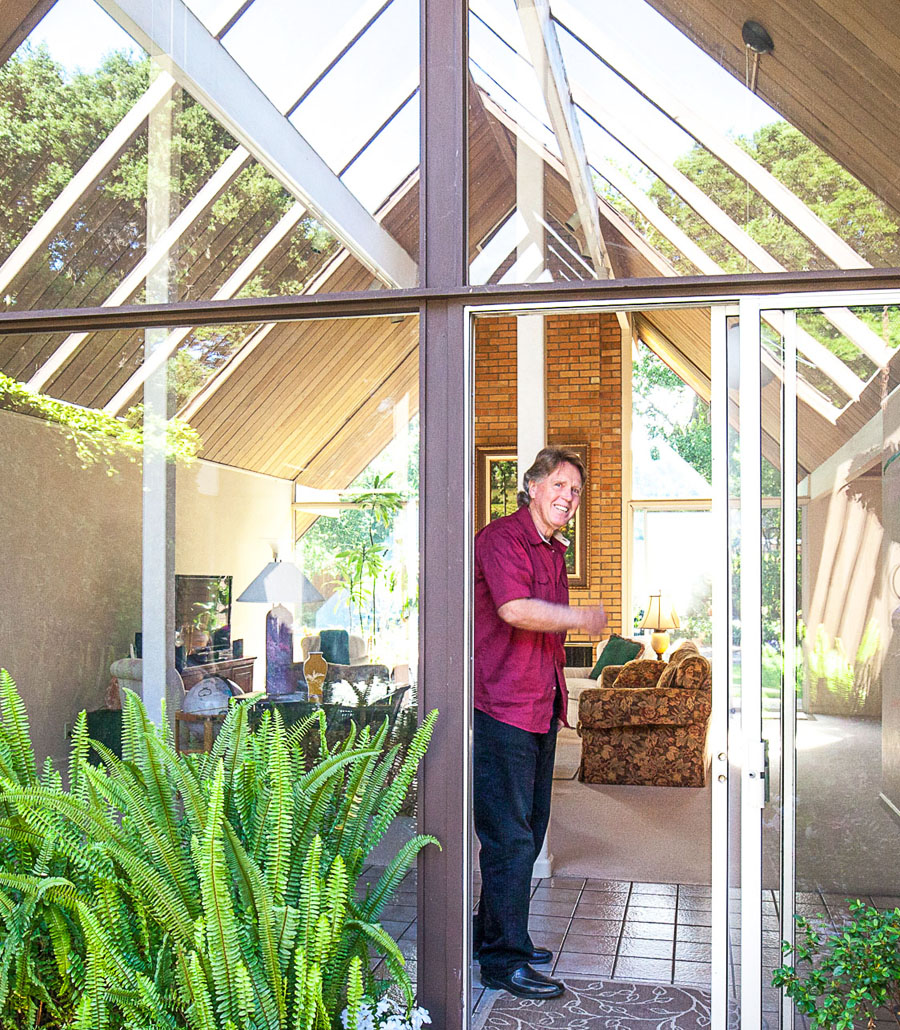 |
|
|
Even our visit to the Eichler homes of the wealthy communities of Atherton and Hillsborough, which we ominously title ‘Slipping Away,’ suggests the possibility that these lovely homes, many of them among the most unique Eichlers ever built, may have a future well into this century and the next.
Yes, the 18 Eichlers that once dotted the hills and vales of these exclusive towns are now reduced to 11. But some of their owners love the homes and are determined to save them. It’s an open question, of course, what the landscape will look like a generation from now.
But then nobody ever thought vinyl LPs would come back. Check it out in the summer '17 issue of CA-Modern.
- ‹ previous
- 547 of 677
- next ›



